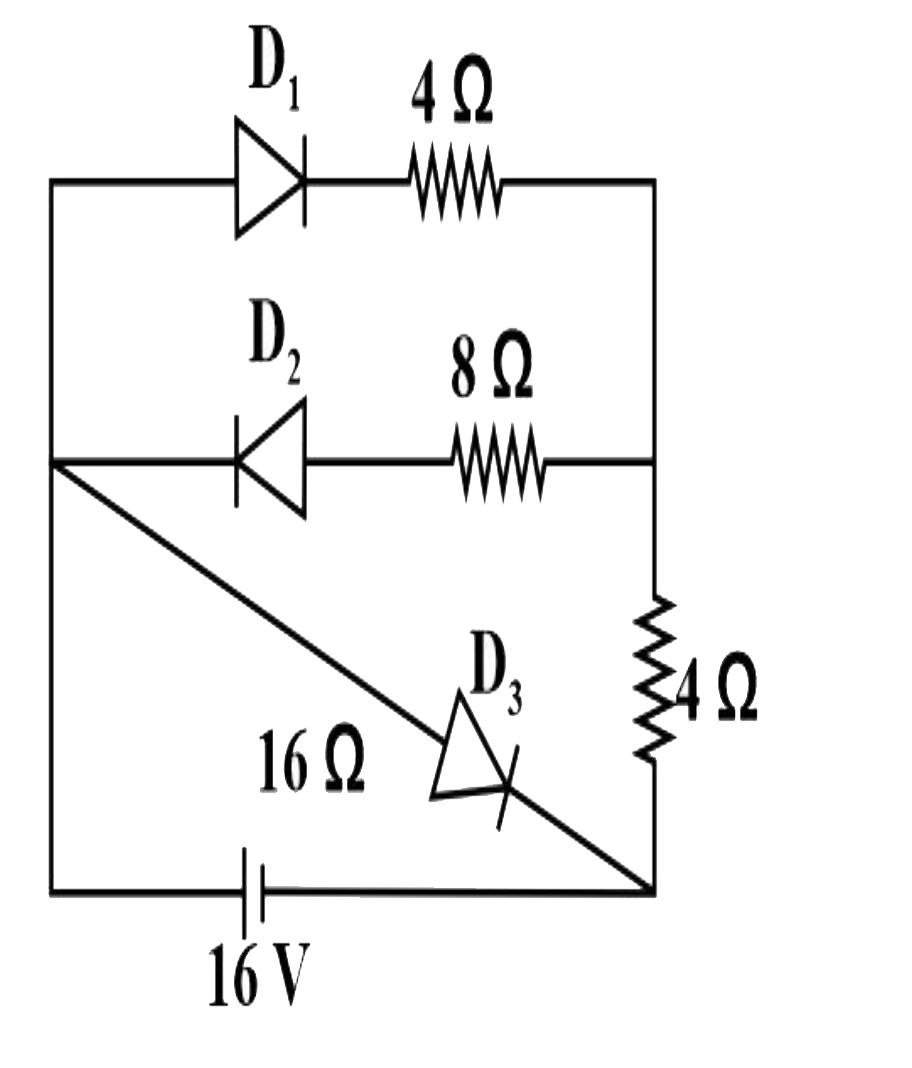Passage of a current for 548 seconds through a siver coulometer results in the deposition of 0.746g of silver.What is the current (in A)?
1.22
1.16
1.07
1
The correct Answer is:A
To calculate the current (I) in amperes when a current passes through a silver coulometer for a specific time, we can follow these steps:
1. Identify the Given Data:
- Mass of silver deposited (m) = 0.746 g
- Time (t) = 548 seconds
2. Determine the Molar Mass of Silver:
- The molar mass of silver (Ag) = 108 g/mol
3. Use Faraday's Law of Electrolysis:
- According to Faraday's law, 1 Faraday (F) of charge (96500 C) deposits the molar mass of the element in grams. For silver, this means:
1 F=96500 C deposits 108 g of Ag
4. Calculate the Charge Required for 1 g of Silver:
- To find the charge required for 1 g of silver:
Charge for 1 g of Ag=96500 C108 g≈893.52 C/g
5. Calculate the Charge Required for 0.746 g of Silver:
- Now, calculate the charge (Q) required for 0.746 g of silver:
Q=96500 C108 g×0.746 g≈666.56 C
6. Use the Formula Relating Charge, Current, and Time:
- The relationship between charge (Q), current (I), and time (t) is given by:
Q=I×t
- Rearranging for current (I):
I=Qt
7. Substitute the Values:
- Substitute the calculated charge and the given time into the formula:
I=666.56 C548 s≈1.22 A
8. Final Answer:
- The current (I) is approximately 1.22 A.
- Mass of silver deposited (m) = 0.746 g
- Time (t) = 548 seconds
- The molar mass of silver (Ag) = 108 g/mol
- According to Faraday's law, 1 Faraday (F) of charge (96500 C) deposits the molar mass of the element in grams. For silver, this means:
1 F=96500 C deposits 108 g of Ag
- To find the charge required for 1 g of silver:
Charge for 1 g of Ag=96500 C108 g≈893.52 C/g
- Now, calculate the charge (Q) required for 0.746 g of silver:
Q=96500 C108 g×0.746 g≈666.56 C
- The relationship between charge (Q), current (I), and time (t) is given by:
Q=I×t
- Rearranging for current (I):
I=Qt
- Substitute the calculated charge and the given time into the formula:
I=666.56 C548 s≈1.22 A
- The current (I) is approximately 1.22 A.
Topper's Solved these Questions
- ELECTROCHEMISTRYBOOK - NARENDRA AWASTHI ENGLISHCHAPTER - ELECTROCHEMISTRYEXERCISE - LEVEL-2
28 Videos
- ELECTROCHEMISTRYBOOK - NARENDRA AWASTHI ENGLISHCHAPTER - ELECTROCHEMISTRYEXERCISE - LEVEL-3
37 Videos
- DILUTE SOLUTIONBOOK - NARENDRA AWASTHI ENGLISHCHAPTER - DILUTE SOLUTIONEXERCISE - leval-03
23 Videos
- GASEOUS STATEBOOK - NARENDRA AWASTHI ENGLISHCHAPTER - GASEOUS STATEEXERCISE - Subjective problems
15 Videos
Similar Questions
The passage of current through a solution of certain electrolyte results in the evolution of H2(g) at cathode and Cl2(g) at anode. The electrolytic solution is :
View SolutionA steady current is passed for 25minutes through a silver voltmeter and ammeter in series and 0.559g of silver of deposited. The ammeter reads 0.3A. Find the error, if any, in the ammeter reading, given that the E.C.E. of silver =11.18×10−7kgC−1.
View SolutionHow many electrons per second pass through a section of wire carrying a current of 0.7A?
View SolutionAn electric current of 0.4A is passed through a silver voltameter fro half an hour.Find the amount of silver deposited on the cathode. ECE of silver =1.12×10−4kgC−1
View Solution0⋅3605 g of a metal is deposited on the electrode by passing 1⋅2 amperes of current for 15 minutes through its salt solution. The atomic weight of the metal is 96. What is the valency of the metal ?
View SolutionIn the given circuit, what is the current (in A) through the battery?

View SolutionA 5A current in passed through a solution of zinc sulphate for 40min. The amount of zinc deposited at the cathode is
View SolutionThree electrolytic cell A,B, and C contaning solutions of ZnSO4,AgNO3, and CuSO4, respectively, are connected in series. A steady current of 1.5A was passed through them until 1.45g of silver deposited at the cathode of cell B. How long did the current flow ? What mass of copper and zinc were deposited ?
View SolutionThe same current if passed through solution of silver nitrate and cupric salt connected in series. If the weights of silver deposited is 1.08g. Calculate the weight of copper deposited
View SolutionA current 0.5 ampere when passed through AgNO3 solution for 193 sec. Deposited 0.108 g of Ag. Find the equivalent weight of Ag.
View Solution
